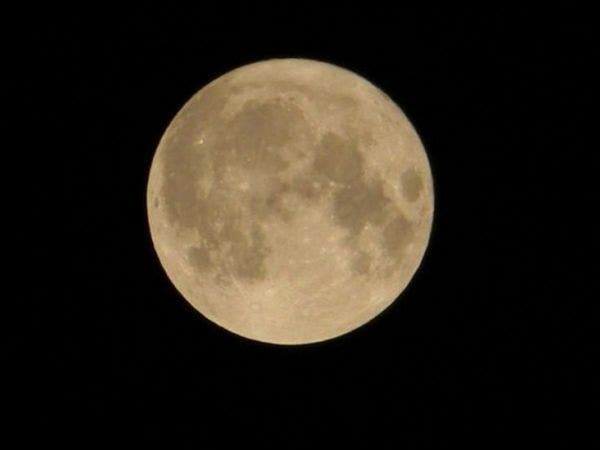Home & Garden
'Extra' Supermoon Monday: Skies Look Clear in New Rochelle
An "extra" supermoon will be visible over the city Monday. It's the largest the moon appearing over Earth in 70 years.

NEW ROCHELLE, NY — If you take a look at the moon over the Hudson Valley Monday, Nov. 14, you may notice that it appears bigger and brighter than usual as it hangs in the sky.
That's not just your brain playing tricks on you. In fact, scientists say, it's the biggest the moon will have looked in nearly 70 years.
Nov. 14's full moon will be a supermoon — the biggest since 1948, according to Bob Berman, an astronomer at the Slooh Community Observatory. And NASA says the moon won't be this big again until 2034.
Find out what's happening in New Rochellewith free, real-time updates from Patch.
Viewing conditions will be near-perfect in the Hudson Valley Monday. According to Hudson Valley Weather, the skies will be partly cloudy after sunset, no rain, and temperatures going from a high in the 50s to a low in the mid-30s.
Here's what you need to know about Monday's supermoon:
Find out what's happening in New Rochellewith free, real-time updates from Patch.
What is a supermoon?
The moon's orbit around Earth isn't a perfect circle. It's more oval- or egg-shaped, meaning the moon is continuously getting closer or farther away from us.
The moon's closest point to Earth is called "perigee," which is about 30,000 miles closer than the opposite, "apogee." When perigee lines up with the cycle of a full moon, it's known as a supermoon.
Supermoons can appear to be about 14 percent bigger in the sky and 30 percent brighter.
But the exact moments of a full moon and perigee hardly ever line up simultaneously. So the supermoons can vary slightly in size.
Which brings us to this month...
What makes November's supermoon so special?
This month's moon is going to be even super-er.
According to NASA, the moon will become "full within about two hours of perigee—arguably making it an extra-super moon." And the moon won't look this big until againuntil Nov. 25, 2034.
Bonus fact: the November full moon is traditionally known as the "beaver moon," being when hunters would go after the critters as they built their dams.
How can I see it?
Just look up! Moonrise is at 5:14 p.m. Eastern Standard Time.
There's nothing fancy about looking at a supermoon. No special equipment is required.
If you miss it, don't worry. You'll only have to wait 18 more years.
Image via Biswarup Ganguly, used under Creative Commons
Marc Torrence (Patch National Staff) contributed to this report
Get more local news delivered straight to your inbox. Sign up for free Patch newsletters and alerts.